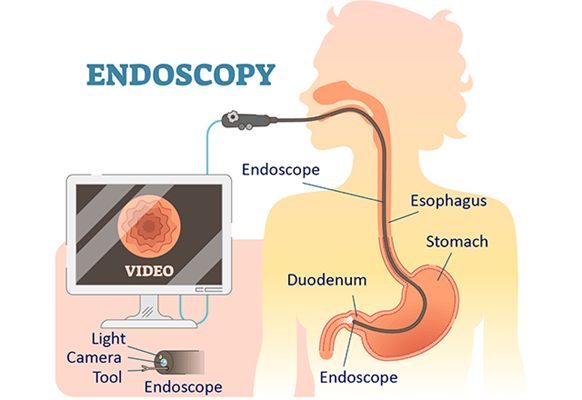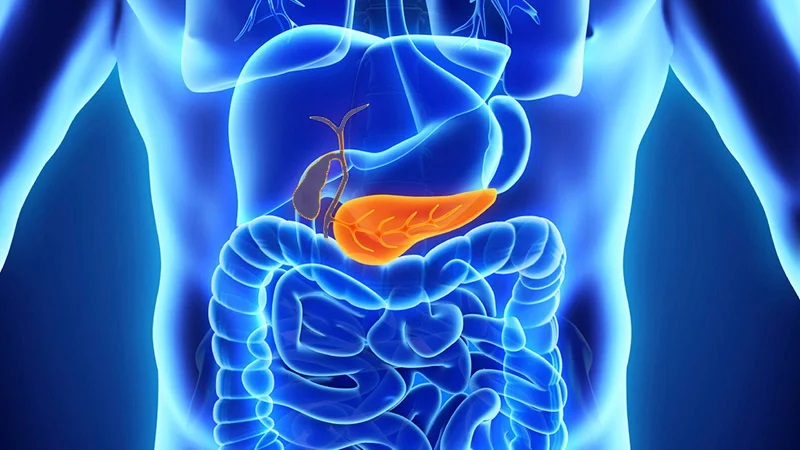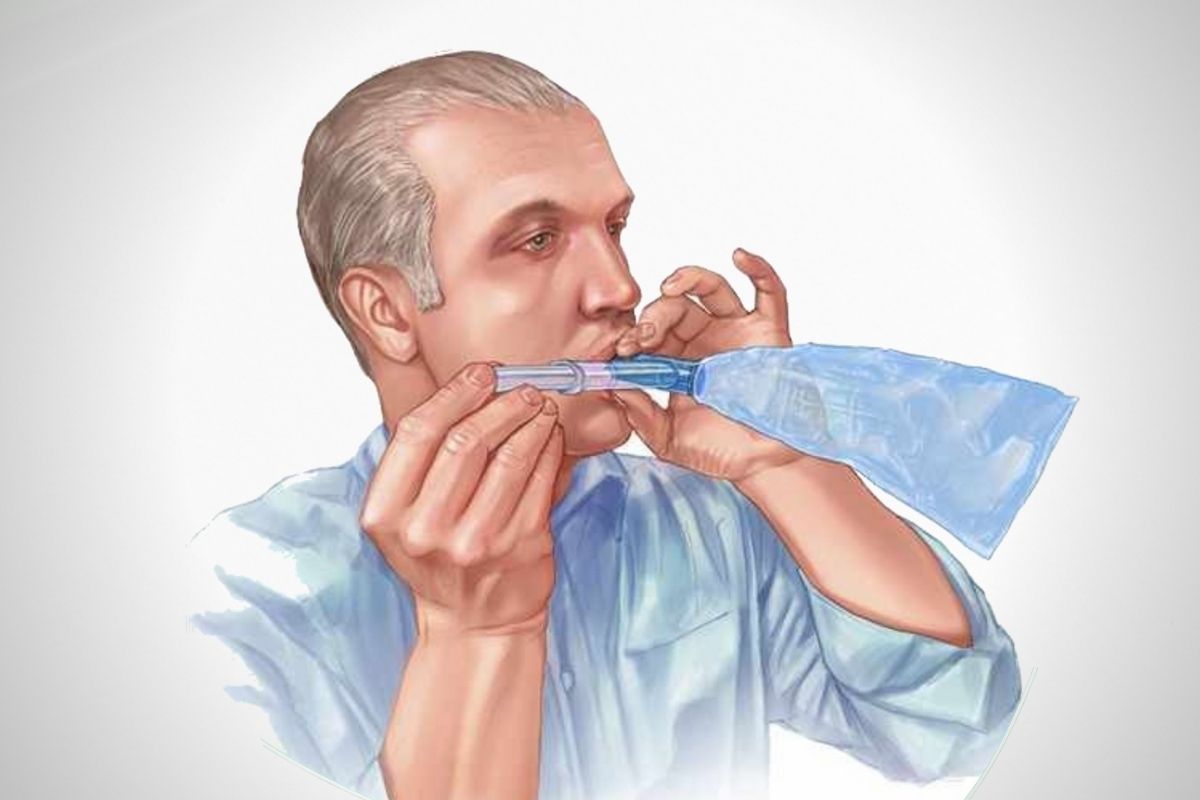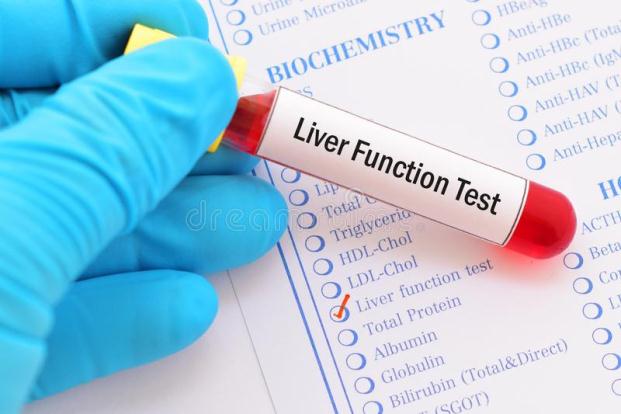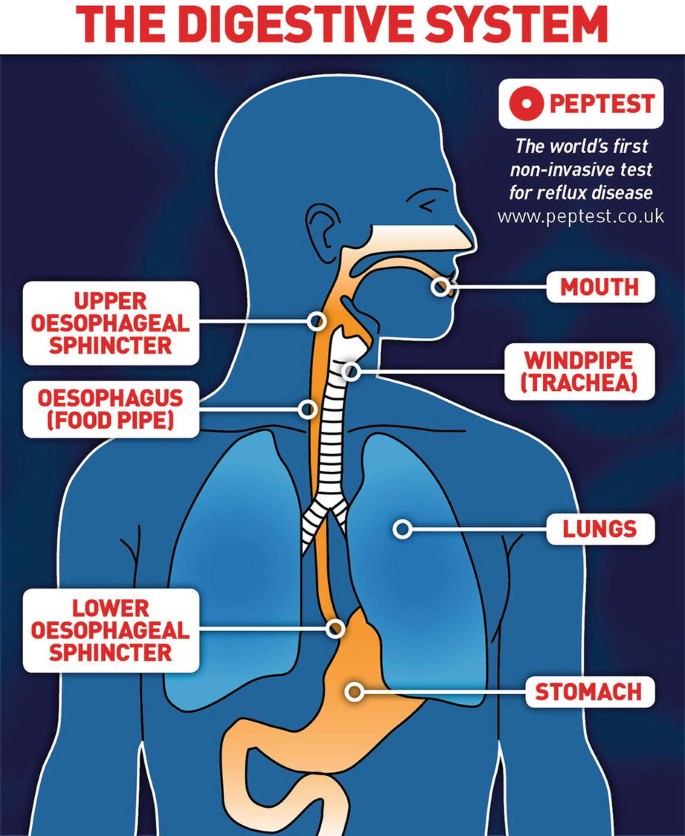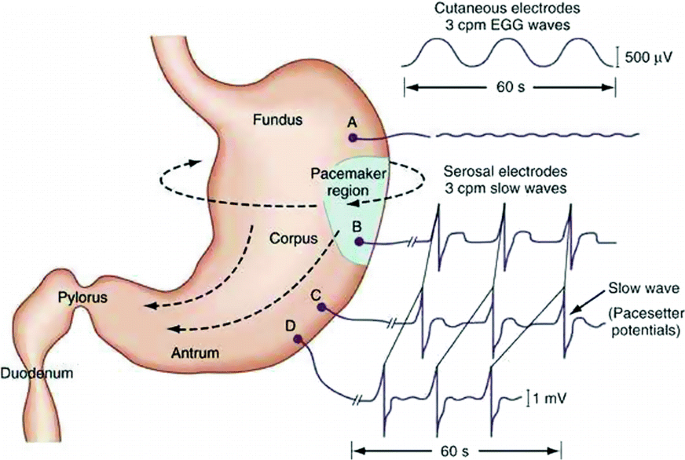Fibroscan of Liver Details
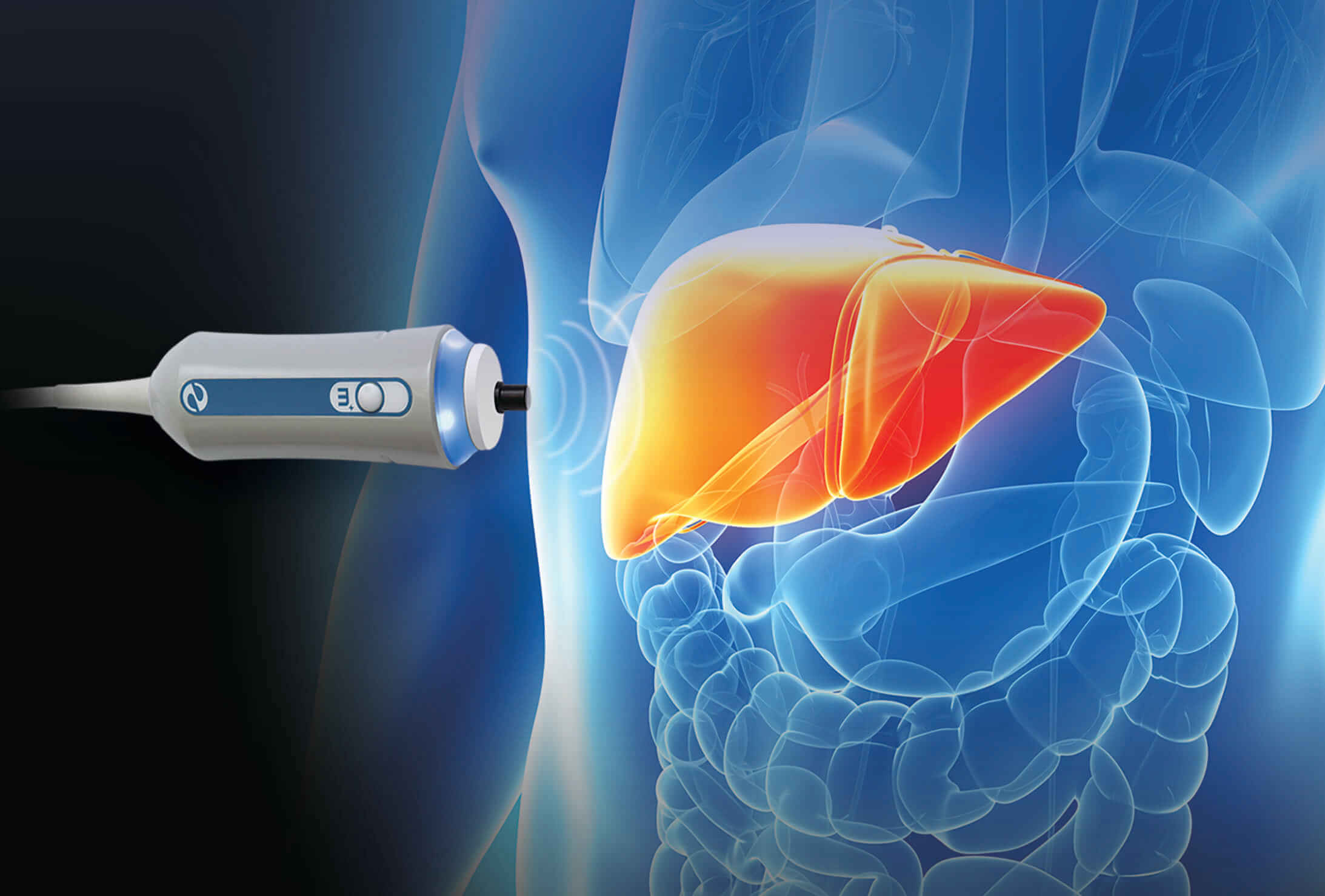
A FibroScan (also known as transient elastography) is a non-invasive test used to assess the health of the liver, specifically to measure the degree of liver stiffness (which indicates fibrosis or scarring) and fat content (steatosis). It is commonly used in the diagnosis and monitoring of liver conditions, especially in patients with chronic liver diseases such as hepatitis B, hepatitis C, fatty liver disease, or alcoholic liver disease.
Purpose of FibroScan:
FibroScan is used to detect and evaluate:
- Liver Fibrosis: The test measures how stiff the liver is. Increased stiffness typically indicates fibrosis, a process where normal liver tissue is replaced by scar tissue. This can occur in conditions such as chronic hepatitis, fatty liver disease, or cirrhosis.
- Liver Fat (Steatosis): FibroScan can also assess liver fat content, which is important in conditions like non-alcoholic fatty liver disease (NAFLD) and alcoholic liver disease.
The test is a quick and painless alternative to a liver biopsy, which is the traditional method for diagnosing fibrosis but is invasive and carries a higher risk of complications.
How FibroScan Works:
FibroScan uses ultrasound-based technology to measure liver stiffness. It sends a painless pulse of energy (vibration) into the liver and then measures the speed of the wave as it travels through the liver tissue. The speed of the wave correlates with the stiffness of the liver—stiffer tissues, like those affected by fibrosis, will have faster wave speeds.
FibroScan also uses controlled attenuation parameter (CAP) technology to measure the amount of liver fat, with higher CAP values indicating more steatosis.
The Procedure:
Preparation:
- No special preparation is typically needed, but patients are advised to fast for at least a few hours before the test to ensure more accurate results.
- The test is performed while the patient is lying on their back with their right arm raised behind their head, exposing the area where the liver is located.
The Test:
- A small probe is placed on the skin over the liver, on the right side of the abdomen.
- The probe sends a series of painless vibrations (elastic waves) into the liver. These waves are then measured as they pass through the liver.
- The test typically takes about 5-10 minutes, and no anesthesia or sedation is required.
Post-Procedure:
- Since FibroScan is non-invasive, there is no recovery time needed. Patients can resume normal activities immediately after the test.
- Results are usually available right away, allowing for quick assessment.
Interpreting FibroScan Results:
FibroScan results are expressed in kilopascals (kPa) for liver stiffness and in decibels per meter (dB/m) for liver fat content (CAP score).
Liver Stiffness (Fibrosis Score):
- Normal (Low Stiffness): A low kPa value (typically < 6 kPa) indicates minimal or no fibrosis.
- Mild to Moderate Fibrosis: Slightly elevated stiffness may suggest the early stages of fibrosis, often seen in chronic liver diseases.
- Severe Fibrosis or Cirrhosis: High kPa values (greater than 12-14 kPa) may indicate significant fibrosis or cirrhosis, where extensive scarring of the liver tissue has occurred.
Different diseases may have slightly different cut-off values, and your doctor will interpret the results based on your specific condition.
CAP Score (Liver Steatosis):
- CAP scores are used to quantify liver fat content:
- Normal (Minimal Steatosis): A low CAP score (typically < 238 dB/m).
- Moderate Steatosis: Scores between 238 and 260 dB/m indicate moderate fat accumulation in the liver.
- Severe Steatosis: A high CAP score (greater than 260 dB/m) suggests significant fat buildup.
- CAP scores are used to quantify liver fat content:
Conditions Commonly Assessed with FibroScan:
- Chronic Viral Hepatitis (Hepatitis B or C): To monitor liver fibrosis and evaluate the risk of cirrhosis.
- Non-Alcoholic Fatty Liver Disease (NAFLD): To assess fat accumulation and fibrosis, which can lead to non-alcoholic steatohepatitis (NASH) and cirrhosis if left untreated.
- Alcoholic Liver Disease: For tracking liver damage caused by chronic alcohol use.
- Cirrhosis: To monitor the progression of liver scarring and assess liver stiffness over time.
- Hemochromatosis: A condition that causes iron overload, which can lead to liver damage.
Benefits of FibroScan:
- Non-invasive: Unlike a liver biopsy, which involves inserting a needle into the liver, FibroScan is painless and does not carry the risks of infection or bleeding.
- Quick and Convenient: The procedure is simple, takes just a few minutes, and provides immediate results.
- Accurate Monitoring: FibroScan is an excellent tool for monitoring liver disease progression or response to treatment without the need for repeated invasive procedures.
Limitations:
- Not Suitable for All Patients: FibroScan may be less accurate in patients with obesity or in those with fluid accumulation in the abdomen (ascites).
- Cannot Diagnose All Liver Conditions: While FibroScan measures fibrosis and fat, it cannot directly detect inflammation, liver function, or specific causes of liver disease. A liver biopsy may still be required in certain cases to get a complete diagnosis.
FibroScan has become a widely used tool in hepatology for assessing liver health, especially for patients with chronic liver disease who require regular monitoring without invasive procedures.


